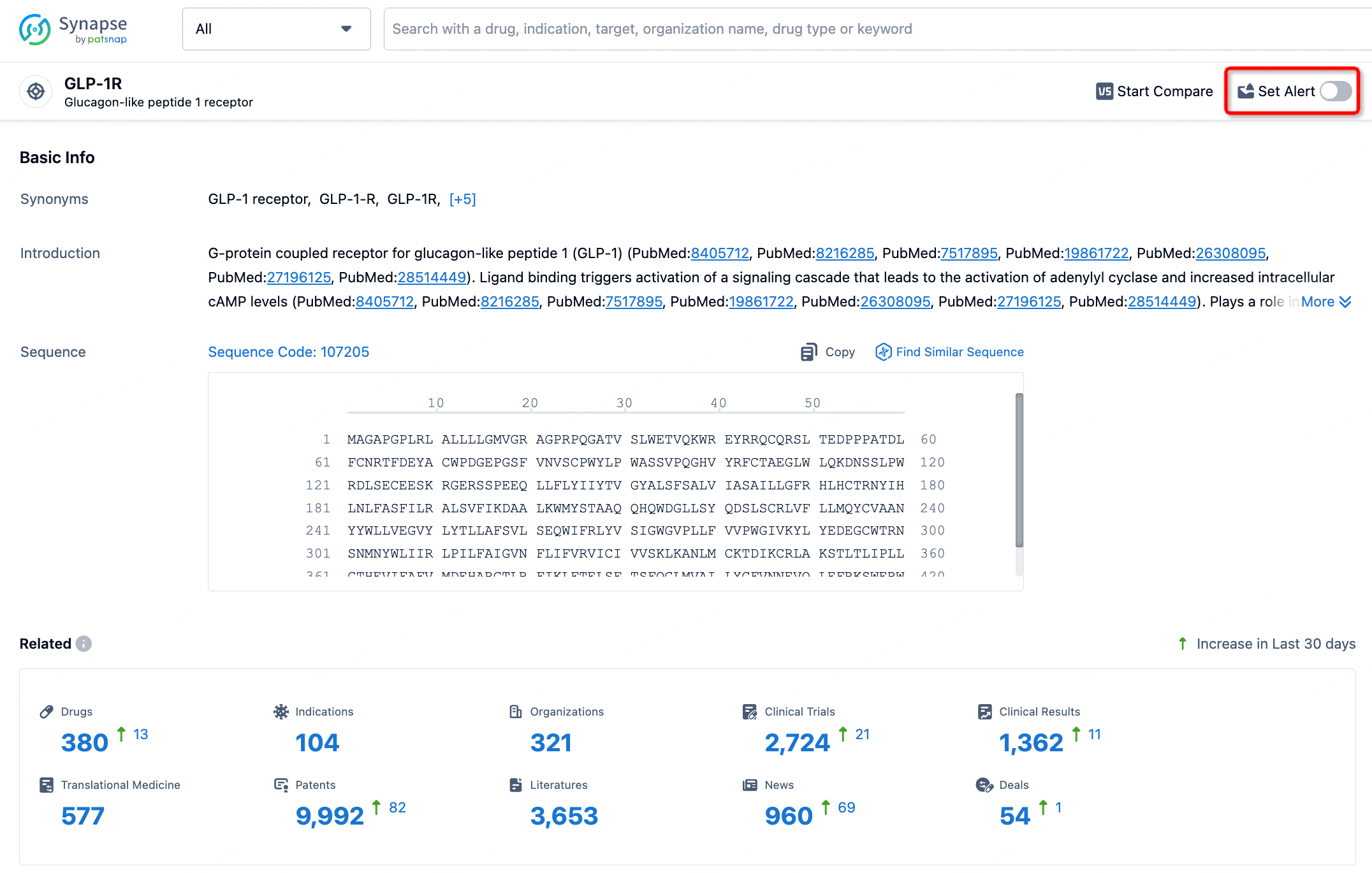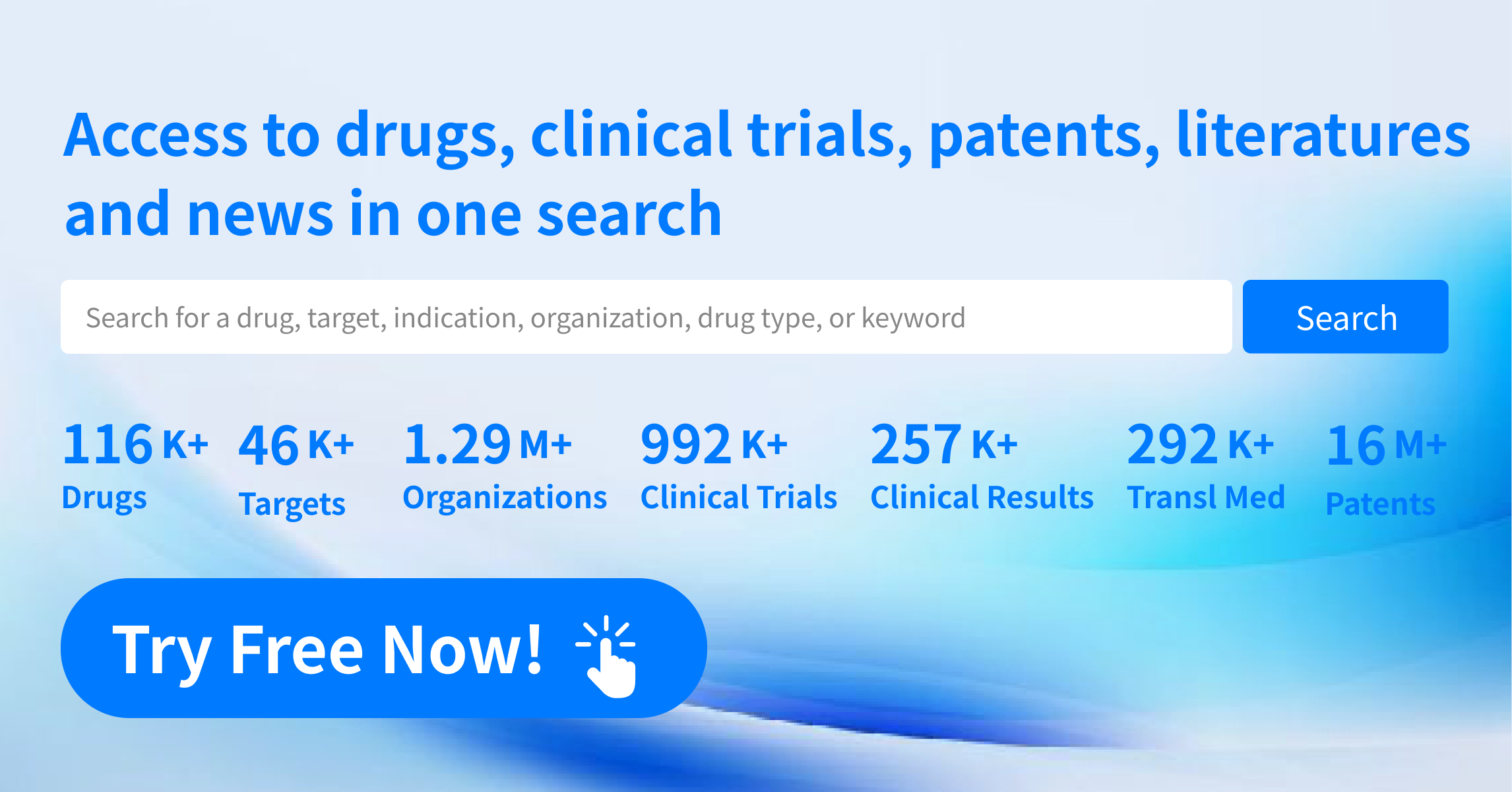Request Demo
What are amylin stimulants and how do they work?
25 June 2024
Amylin stimulants are a fascinating area of research in the medical field, particularly concerning their potential applications in managing diabetes and obesity. Amylin is a hormone co-secreted with insulin by pancreatic beta cells. It plays a crucial role in regulating blood glucose levels by slowing gastric emptying, promoting satiety, and inhibiting glucagon secretion. This comprehensive post delves into the basics of amylin stimulants, how they work, and their potential uses in modern medicine.
Amylin stimulants function by enhancing the activity or levels of the amylin hormone in the body, thereby amplifying its physiological effects. To appreciate how amylin stimulants work, it is essential first to understand the natural function of amylin. Normally, when you eat, your pancreas releases insulin to help cells absorb glucose and amylin to regulate the rate at which food is digested and glucose is released into the bloodstream.
Amylin achieves this through several mechanisms. First, it delays gastric emptying, meaning that food leaves your stomach more slowly, leading to a more gradual absorption of glucose into the bloodstream. This avoids the spikes in blood sugar that can be harmful over time. Secondly, amylin promotes a feeling of fullness or satiety, which helps control appetite and can prevent overeating. Lastly, amylin inhibits the secretion of glucagon, a hormone that stimulates glucose production in the liver, thereby helping to maintain a stable blood glucose level.
Amylin stimulants mimic these actions or boost the natural production of amylin to provide similar benefits. These substances can be particularly beneficial for individuals who have impaired amylin secretion, such as those with diabetes, where beta-cell function is compromised.
The primary use of amylin stimulants today is in managing diabetes, particularly type 1 diabetes, where there is a significant deficiency in both insulin and amylin production. By supplementing amylin in conjunction with insulin therapy, patients can achieve better blood glucose control. This dual-hormone approach addresses both the immediate need for glucose absorption by cells and the longer-term regulation of postprandial glucose levels.
Pramlintide, a synthetic analog of amylin, is one of the most well-known amylin stimulants used clinically. It has been shown to improve glycemic control in both type 1 and type 2 diabetes when used alongside insulin. Clinical trials have demonstrated that pramlintide can reduce HbA1c levels, a critical marker for long-term glucose management, while also aiding in weight loss due to its appetite-suppressing effects.
Beyond diabetes, amylin stimulants are being explored for their potential in treating obesity. The hormone's ability to induce satiety makes it a promising candidate for weight management therapies. By promoting a feeling of fullness, amylin stimulants can help reduce caloric intake and, consequently, support weight loss efforts. This is especially significant as obesity is a major risk factor for a host of other conditions, including type 2 diabetes, cardiovascular disease, and certain cancers.
Research is ongoing to develop more effective and longer-acting amylin stimulants. These advancements could lead to better therapeutic options for patients, improving adherence and outcomes. Additionally, understanding the interplay between amylin and other hormones, such as insulin and glucagon, could unlock new strategies for treating metabolic disorders.
In summary, amylin stimulants represent an exciting frontier in metabolic disease management. By enhancing the natural actions of the amylin hormone, these substances offer a multifaceted approach to regulating blood glucose levels and controlling appetite. As research continues to evolve, the potential applications of amylin stimulants could expand, offering new hope for individuals struggling with diabetes and obesity.
Amylin stimulants function by enhancing the activity or levels of the amylin hormone in the body, thereby amplifying its physiological effects. To appreciate how amylin stimulants work, it is essential first to understand the natural function of amylin. Normally, when you eat, your pancreas releases insulin to help cells absorb glucose and amylin to regulate the rate at which food is digested and glucose is released into the bloodstream.
Amylin achieves this through several mechanisms. First, it delays gastric emptying, meaning that food leaves your stomach more slowly, leading to a more gradual absorption of glucose into the bloodstream. This avoids the spikes in blood sugar that can be harmful over time. Secondly, amylin promotes a feeling of fullness or satiety, which helps control appetite and can prevent overeating. Lastly, amylin inhibits the secretion of glucagon, a hormone that stimulates glucose production in the liver, thereby helping to maintain a stable blood glucose level.
Amylin stimulants mimic these actions or boost the natural production of amylin to provide similar benefits. These substances can be particularly beneficial for individuals who have impaired amylin secretion, such as those with diabetes, where beta-cell function is compromised.
The primary use of amylin stimulants today is in managing diabetes, particularly type 1 diabetes, where there is a significant deficiency in both insulin and amylin production. By supplementing amylin in conjunction with insulin therapy, patients can achieve better blood glucose control. This dual-hormone approach addresses both the immediate need for glucose absorption by cells and the longer-term regulation of postprandial glucose levels.
Pramlintide, a synthetic analog of amylin, is one of the most well-known amylin stimulants used clinically. It has been shown to improve glycemic control in both type 1 and type 2 diabetes when used alongside insulin. Clinical trials have demonstrated that pramlintide can reduce HbA1c levels, a critical marker for long-term glucose management, while also aiding in weight loss due to its appetite-suppressing effects.
Beyond diabetes, amylin stimulants are being explored for their potential in treating obesity. The hormone's ability to induce satiety makes it a promising candidate for weight management therapies. By promoting a feeling of fullness, amylin stimulants can help reduce caloric intake and, consequently, support weight loss efforts. This is especially significant as obesity is a major risk factor for a host of other conditions, including type 2 diabetes, cardiovascular disease, and certain cancers.
Research is ongoing to develop more effective and longer-acting amylin stimulants. These advancements could lead to better therapeutic options for patients, improving adherence and outcomes. Additionally, understanding the interplay between amylin and other hormones, such as insulin and glucagon, could unlock new strategies for treating metabolic disorders.
In summary, amylin stimulants represent an exciting frontier in metabolic disease management. By enhancing the natural actions of the amylin hormone, these substances offer a multifaceted approach to regulating blood glucose levels and controlling appetite. As research continues to evolve, the potential applications of amylin stimulants could expand, offering new hope for individuals struggling with diabetes and obesity.
How to obtain the latest development progress of all targets?
In the Synapse database, you can stay updated on the latest research and development advances of all targets. This service is accessible anytime and anywhere, with updates available daily or weekly. Use the "Set Alert" function to stay informed. Click on the image below to embark on a brand new journey of drug discovery!
AI Agents Built for Biopharma Breakthroughs
Accelerate discovery. Empower decisions. Transform outcomes.
Get started for free today!
Accelerate Strategic R&D decision making with Synapse, PatSnap’s AI-powered Connected Innovation Intelligence Platform Built for Life Sciences Professionals.
Start your data trial now!
Synapse data is also accessible to external entities via APIs or data packages. Empower better decisions with the latest in pharmaceutical intelligence.


